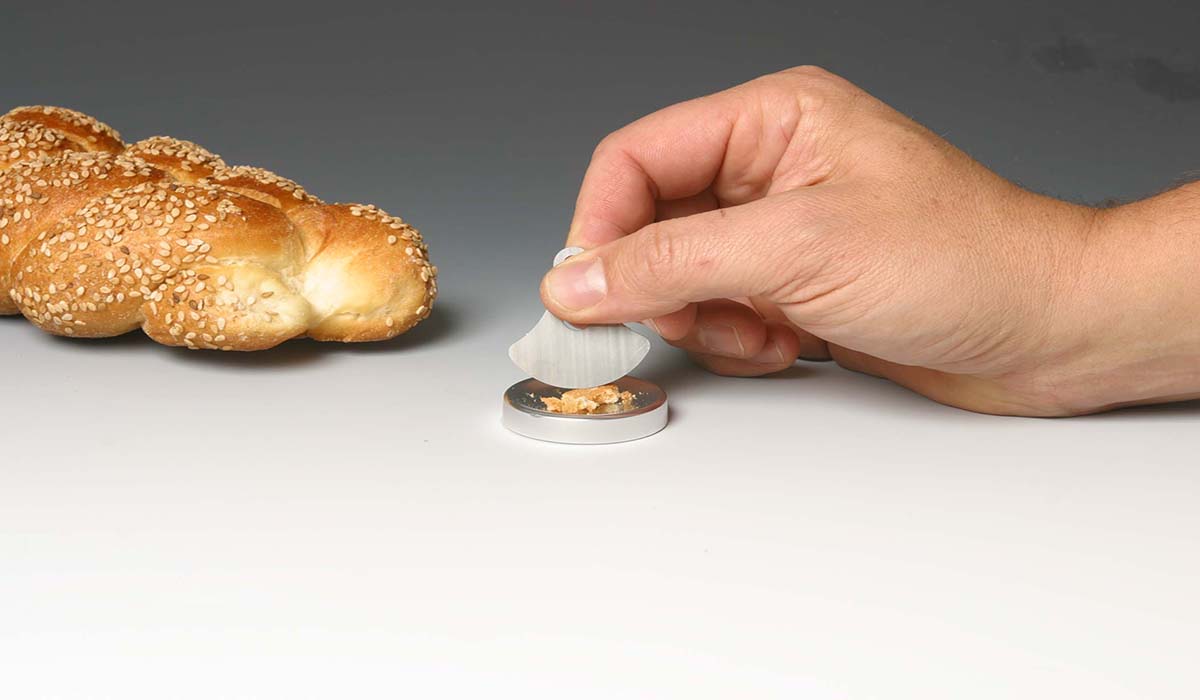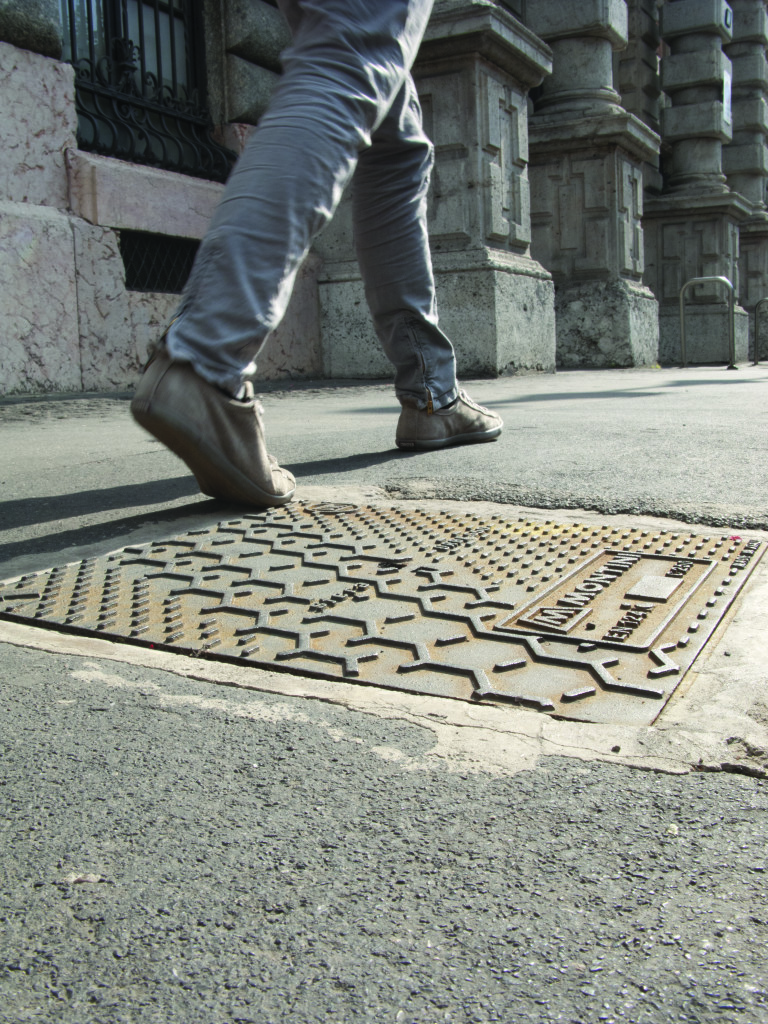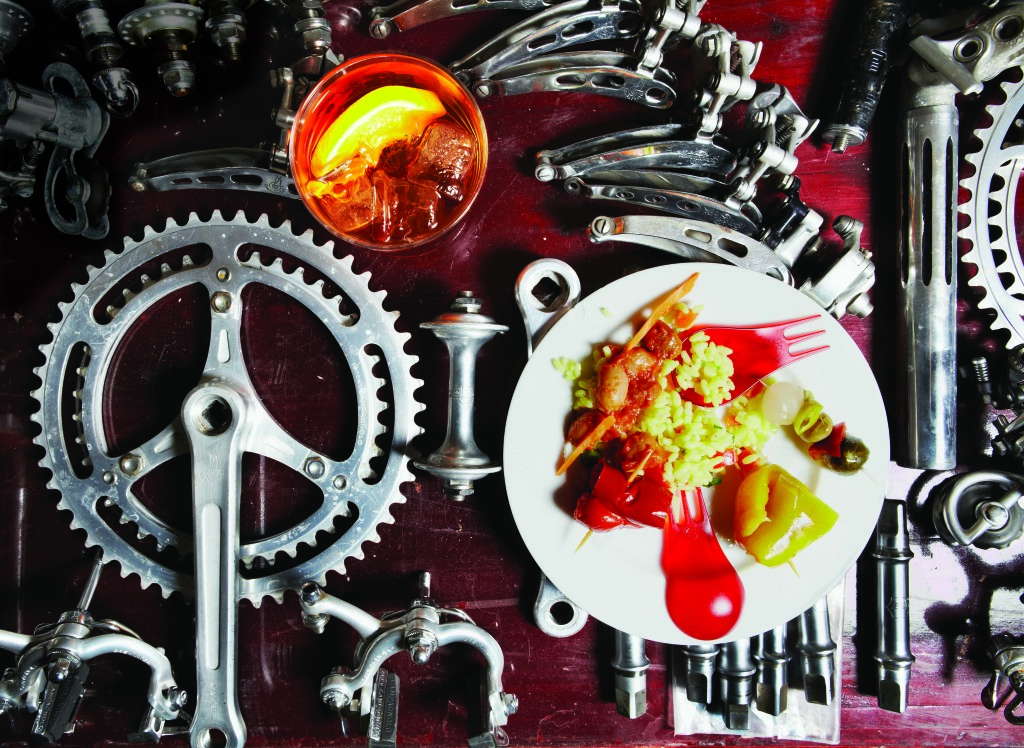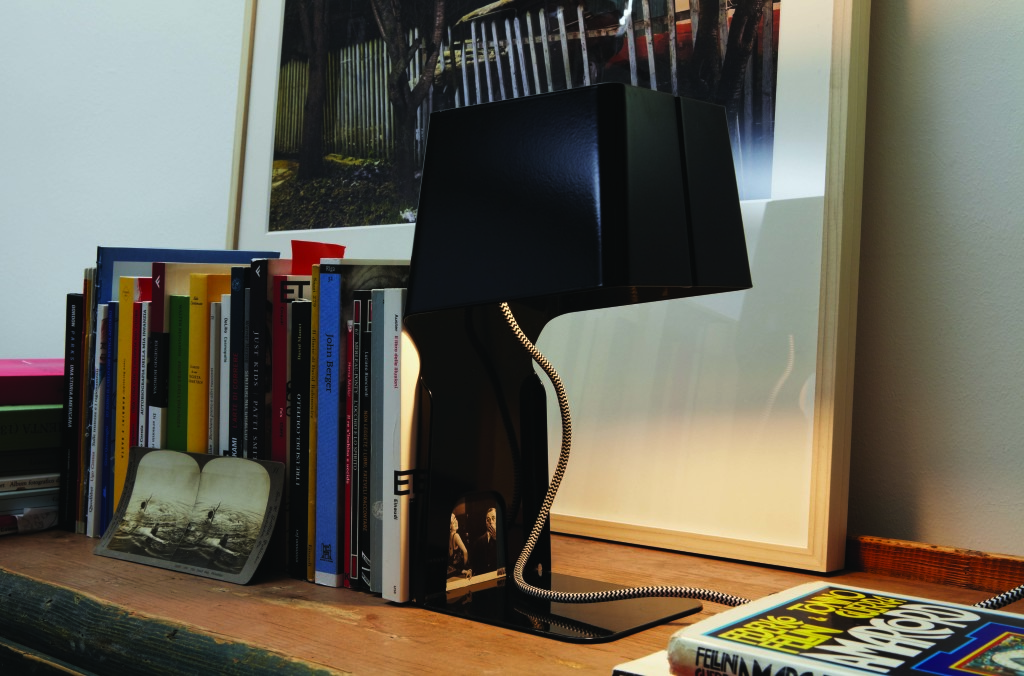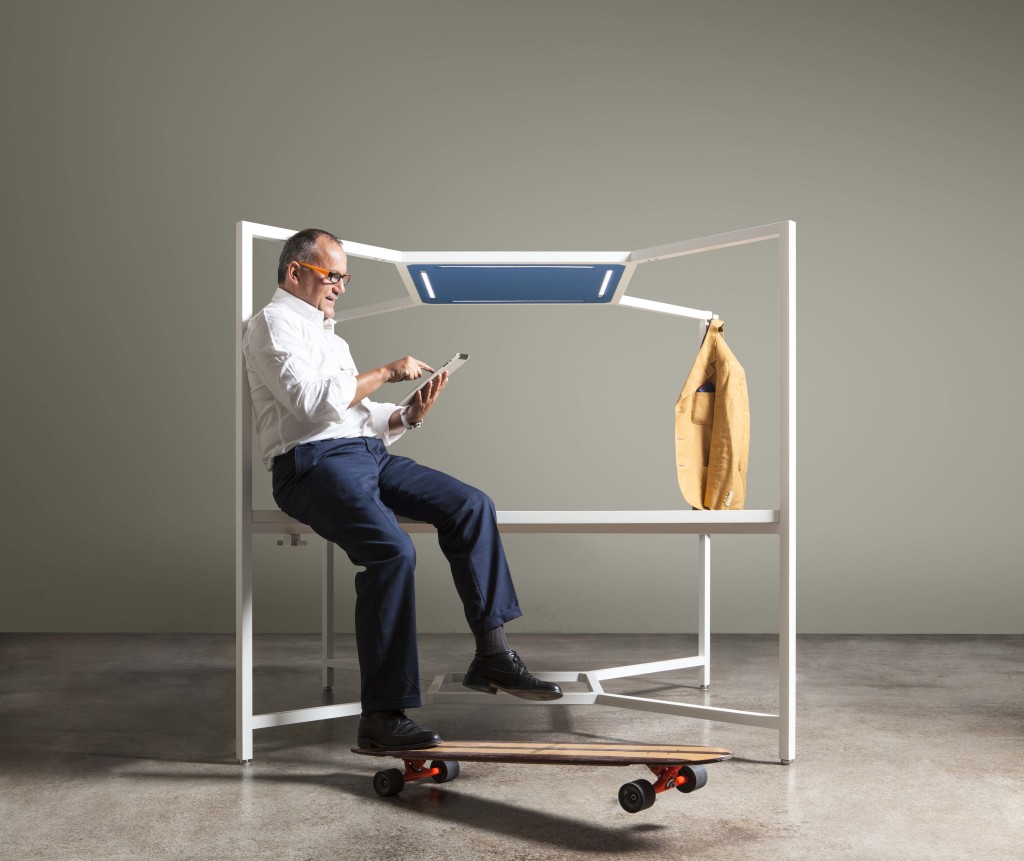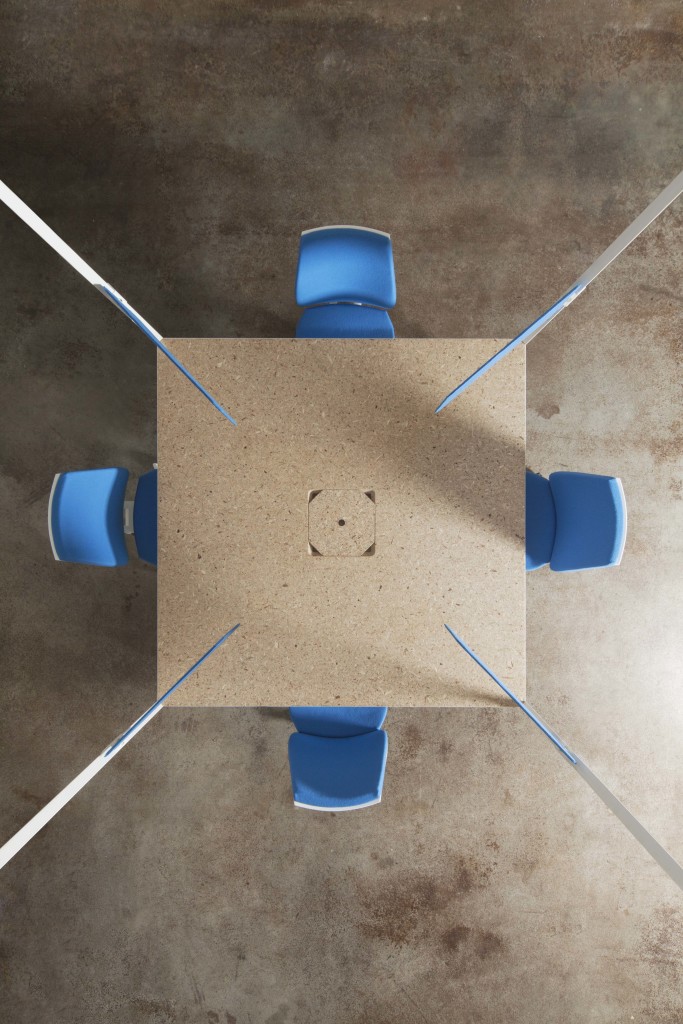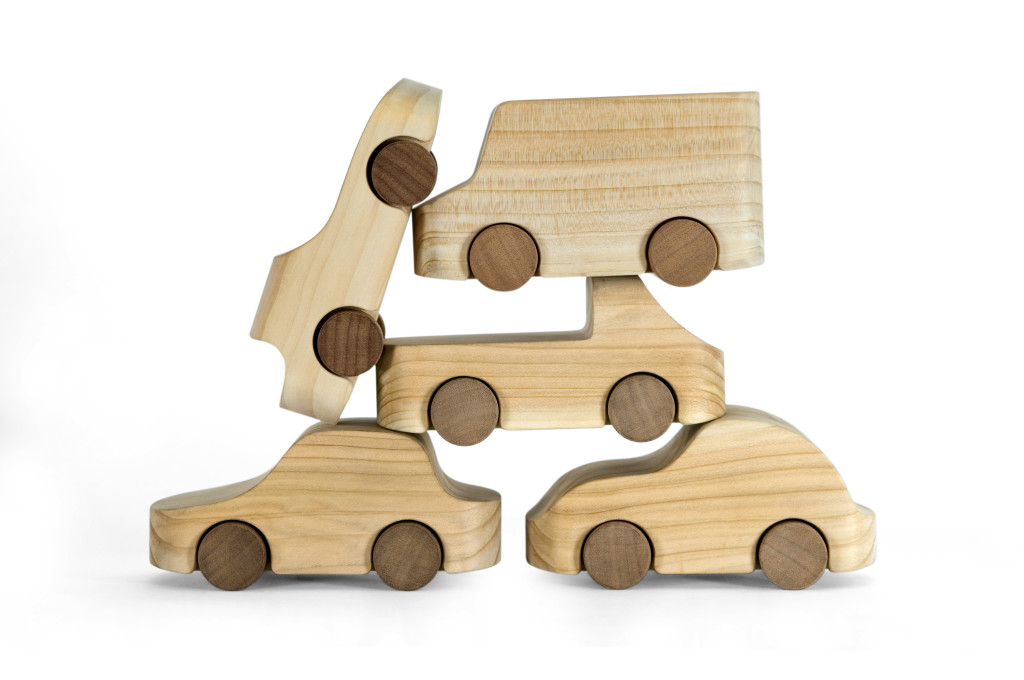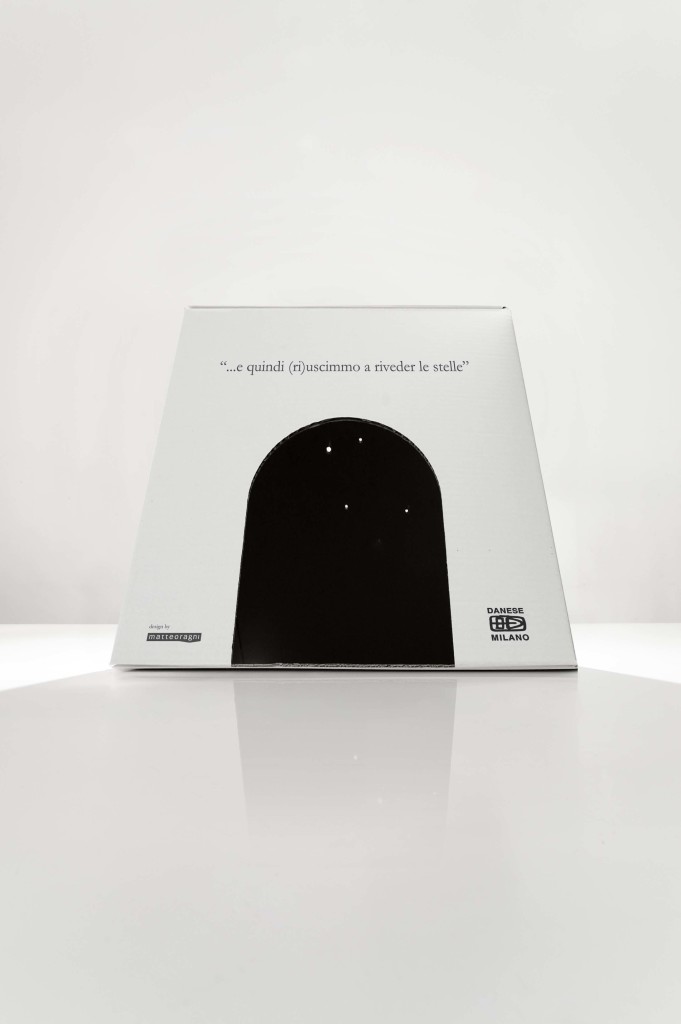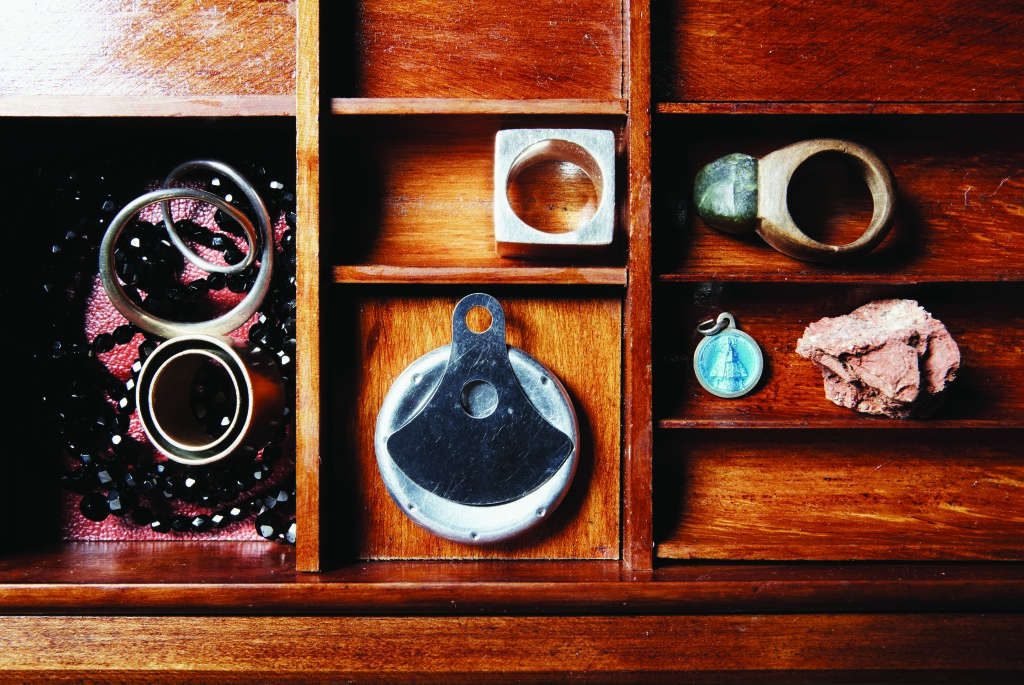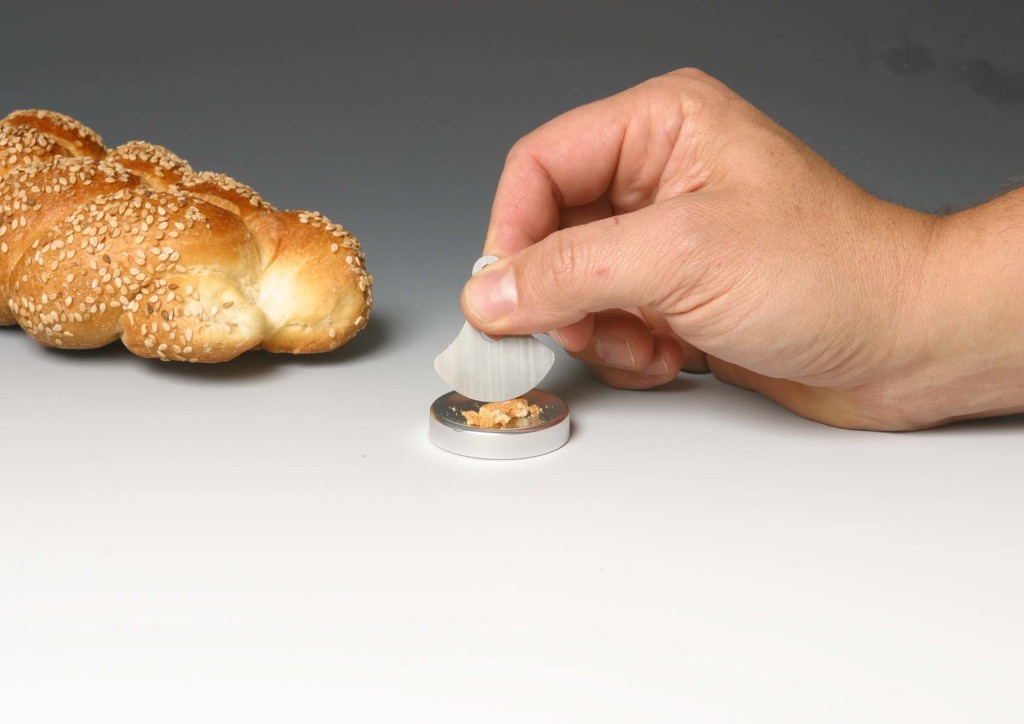Due volte Compasso d’Oro -la prima nel 2001 con Moscardino, oggi nella collezione permanente del MoMa, la seconda nel 2014 con il tombino Montini-, vincitore del Wallpaper Design Award nel 2008 con la lampada Leti, e ancora creatore della linea di giochi TobeUs, estremamente sensibile ed eclettico. Parliamo di Matteo Ragni, classe 1972, architetto, designer, art director, ideatore di nuove realtà e di prodotti vincenti ma soprattutto geniali.
C’è un mondo che va osservato, non ignorato con la scusa di fare del design. Questa la filosofia dello studio di Matteo, la convinzione che debba esserci una relazione con il mondo e con ciò che ne fa parte per poterne trarre la principale fonte di ispirazione. L’idea è insita in questa fitta ed intensa trama di rapporti e solo chi ha la propensione creativa tale da poter accogliere questa realtà è in grado di disegnare un prodotto significativo. Per entrare in contatto con questo prezioso pensiero ne abbiamo intervistato il creatore.
Chi è Matteo Ragni, qual è il suo percorso formativo e di idee?
Architetto di formazione e designer per passione, prevalentemente autodidatta, tripadre ottimista.
Nella tua presentazione scrivi che per fare design si deve osservare il mondo. In che modo va osservato e cos’è per te il design?
Spesso noi designer pensiamo di risolvere problemi reali progettando oggetti a nostro avviso utili se non indispensabili, ma qualche volta, ancor prima di progettare un oggetto, abbiamo progettato il problema da risolvere, problema sovente del tutto inesistente.
Tornare a guardare il mondo con gli occhi di un bambino ci può aiutare a vedere ciò di cui abbiamo veramente bisogno, senza cadere nella trappola dell’autoreferenzialità e dell’edonismo. Problemi veri, soluzioni concrete, un pizzico di poesia, che non costa nulla in più, possono fare la vera differenza.
Quale deve essere il pensiero etico di chi idea oggetti di design che andranno a far parte del quotidiano delle persone?
Si fa un gran parlare di design etico, ecologico, sostenibile, responsabile ecc… ma ci dimentichiamo che essere designer significa pensare in maniera etica perché abbiamo una grande responsabilità nei confronti del nostro futuro. Oggi credo sia impossibile progettare prescindendo da qualsiasi implicazione di carattere etico; sarebbe come far crescere una pianta senza acqua.
Come avviene il processo creativo di una proposta progettuale, da quali suggestioni può nascere un’idea e quanto conta il contesto dove questa dovrà prendere vita?
Non credo ci sia una formula magica per farsi venire delle idee, altrimenti saremmo tutti designer. Io cito spesso una frase tanto semplice quanto illuminante di Bruno Munari: “Osservare a lungo, capire profondamente, fare in un attimo”, tanto che è impressa sulla porta del bagno del mio studio, per ricordare a me e ai miei collaboratori che fare design è un processo metabolico, non un atto estemporaneo dato da divine ispirazioni.
È anche vero che, come dicono autorevoli studi, le idee migliori arrivano proprio in bagno, sotto la doccia o…
Nel 2001 vinci il primo Compasso d’Oro con Moscardino. Qual è il contributo del design all’attenzione per l’ambiente, l’ecosostenibilità è una moda o un’esigenza, un obiettivo o un accessorio?
È innanzitutto buonsenso, oltre che meramente una questione di sopravvivenza, un dovere di cui ci dobbiamo tutti prendere carico, soprattutto se pensiamo al plurale e non al singolare, se abbiamo intenzione di mettere al mondo bambini felici che diventeranno a loro volta genitori responsabili e lungimiranti.
Leti è il risultato di molteplici contaminazioni, dall’omaggio a Munari, alla fusione di più utilità, un progetto dedicato alla lettura. Che ruolo ha nella tua vita la lettura, pensi che la creatività sia qualcosa di innato o che sia frutto di conoscenza e cultura?
A volte penso che se fossi nato nel Burundi difficilmente mi sarei occupato di design, almeno come lo faccio oggi.
Sicuramente il contesto in cui si nasce e si vive influenza il nostro destino e ci stimola ad agire (e reagire) in modo differente.
La lettura è solo una delle esperienze che si possono fare per evolverci, ma sicuramente è uno strumento molto potente. Credo anche che per essere designer non basti però leggere solamente libri di design. La nostra crescita dipende dalla capacità, tipica della mente dell’homo sapiens, di creare connessioni tra mondi differenti. Questa è la differenza tra una macchina e l’essere umano, designer o meno che sia.
Il gioco è una cosa seria. Da qui nasce l’ispirazione per TobeUs, progetto e startup, di cosa si tratta?
Un capitolo molto importante per la mia vita, nato da una grande rivoluzione quando sono diventato padre di tre pargoli.
Problema: casa invasa da giocattoli in plastica rotti e impossibili da aggiustare, quindi spazzatura. Soluzione: progettare e produrre giocattoli in legno, personalizzabili e riparabili, compagni della crescita dei nostri bambini che, una volta cresciuti, possano tramandare un valore oltre che un oggetto ai propri figli.
Hub si ispira allo spazio condiviso: qual è l’importanza della sinergia collettiva e del confronto nel tuo lavoro?
Hub è uno spazio collaborativo, senza gerarchie, dove tutti sono capotavola con pari diritto di dare il proprio contributo ad un progetto comune.
Concettualmente mi piace pensare che al centro, dove è posto un cestello per il cablaggio, possa crescere una piccola pianta di cui prendersi cura e che un domani possa regalare un po’ di ombra e frutti a tutti noi.
Quali sono le difficoltà che un creativo come te può riscontrare in questo determinato periodo storico nel nostro Paese? Quanto è importante creare una rete collaborativa diffusa nel campo della creatività e qual è il rapporto tra creativo ed aziende per quanto ti riguarda?
Oggi più che mai bisogna cambiare il modo di porsi con le aziende, evitando il dualismo progettista/azienda in favore di una simbiosi proattiva.
Il designer a mio avviso non deve più progettare “per” una azienda ma “con” una azienda; un piccolo scarto linguistico che però scatena una vera e propria rivoluzione nel modo di lavorare.
The WalkMan vuole mostrare la realtà dei giovani creativi emergenti. Cosa consigli a chi, come te, ha deciso di investire la propria vita nella creatività?
Il primo modo per diventare designer è volerlo profondamente; in fondo avere un obbiettivo nella vita è già essere designer di se stessi. Perseverare, non scoraggiarsi mai, avere la consapevolezza che se vogliamo una cosa la otterremo. E poi, ascoltare, comprendere e, umilmente ma tenacemente, agire.
[divider]ENGLISH VERSION[/divider]
He was awarded twice the Compasso d’Oro; in 2001 with Moscardino, now in the MoMA’s permanent collection, and in 2014 with the tombino Montini. In 2008 he won the Wallpaper Design Award with the lamp Leti and he, extremely sensitive and eclectic, is also the creator of TobeUs, a line of toys. We are talking about Matteo Ragni, a young architect born in 1972; a designer, art director, creator of new realities and brilliant products.
“There is a world that should be noted, not ignored with the excuse of making design”. This is its philosophy; the belief that there should be a relationship with the world and what is part of it in order to glean the main source of inspiration. The idea is inherent in this dense and intense network of relationships, and only those who have the real propensity to accommodate this reality are able to draw a significant product. In order to get in touch with this precious thought we interviewed the creator.
Who is Matteo Ragni? What is his educational path? I studied Architecture and I am Designer for passion, mostly self-taught; I’d also say I am optimistic and three times father.
In your presentation you write that to make design one must observe the world. How should it be observed and what is Design for you? Often we, the designers, think to solve real problems by designing objects in our opinion useful, if not essential. But sometimes, even before designing an object, we designed the problem that need to be solved; that problem often doesn’t exist. Going back to look at the world through the eyes of a child can help us to see what we really need, without falling into the trap of self-referentiality and hedonism. Real problems, real solutions, a pinch of poetry, which doesn’t cost a thing, can make a real difference.
What is supposed to be the ethical thinking of those who design objects that will be part of people’s everyday life? There is much talk of ethical design, eco-friendly, sustainable, responsible design etc… But we forget that being a designer means to think ethically because we do have a great responsibility towards our future. Today, I think it is impossible to design regardless of any ethical implications; it would be like nurture a plant without water.
How does occur the creative process of a planning proposal? What suggestions can inspire an idea and how important is the context where this idea will come to life? I don’t think there is any magic formula for ideas to come up; otherwise we would all be designers. I often quote a phrase, as simple as illuminating, by Bruno Munari: “Observe a lot, get deeply, do in a moment”; it is impressed on the door of the bathroom of my office to remind me and my colleagues that design is a metabolic process, not an impromptu act given by a divine inspirations. It is also true that, as authoritative studies say, the best ideas come just in the bathroom, in the shower or…
In 2001 you won the first Compasso d’Oro with your Moscardino. What is the contribution of design to the attention to the environment? Environmental sustainability is just a short trend or a need, a goal or an accessory? First of all it is common sense, as well as purely a matter of survival, a duty to which we all must take the load, especially if we think in the plural and not in the singular, if we are going to give birth to happy children that will become responsible and farsighted parents.
Leti is the result of multiple influences; from the homage to Munari to the merger of different uses; a project dedicated to reading. What role does reading have in your life? Do you think creativity is something innate or the result of knowledge and culture? Sometimes I think that if I were born in Burundi, it is unlikely I would have worked on design, at least as I do today. Surely, the context in which you are born and you live in influence your destiny and stimulates you to act (and react) differently. Reading is just one of the experiences that you can do to evolve, but certainly it is a very powerful tool. I also believe that to be a designer is not enough only reading books on design. Our growth depends on the ability, typical of the mind of the Homo Sapiens, to create connections between different worlds. This is the difference between a machine and the human being, designer or not.
A toy is a serious matter. Hence the inspiration for TobeUs, a project and a startup, what is it? It is a very important chapter in my life, born from a great revolution when I became a father of three little children. The problem was a house invaded by plastic, broken toys, impossible to adjust; then garbage. The solution: designing and producing wooden toys, customizable and reparable; the right mates during the growth of our children that, once they grow up, could hand down a value, other than an object to their children.
Hub gets inspiration from shared spaces: how important is collective synergy and confrontation in your job? Hub is a collaborative space, without hierarchy, where everyone sits at the head of the table with equal right to contribute to a common project. Conceptually, I like to think that at the center, where is placed a tub for the wiring, could grow a small plant everyone has to care to, and that one day it may give some shade and fruit to all of us.
“And then we could see the stars”. How important is the relationship and the rediscovery of the reality in the society of today? It is more a project of research than a product, but it made me think (and made other people think too) on what can actually do imagination. An ancient Tibetan proverb says: “When someone points out to the stars, fools look at the finger”. Reality is only a result of our imagination and our attitude to continuous improvement… what in Japan is called “kaizen”.
Why did you decide to create Pollicino? It is a poetic object that emphasizes, in an environment of art and design, how you can share even a small crumb of bread among diners, the same crumb that someone would throw away regardless of its true symbolic value. It is a warning to avoid the wasting… but it is also a lovely pendant!
What are the difficulties that a creative, as you are, can find in this particular historical period in our country? How important is to create a cooperative popular network in creativity? And what is the relationship between the companies and the creative concerning your situation? Today more than ever, we need to change the way we deal with the companies, avoiding the dualism designer/company in favor of a proactive symbiosis. In my opinion, the designer doesn’t have to plan “for” a company but “with” a company; a small linguistic gap can unleash a great revolution in the way we work.
The WalkMan wants to disclose the reality of young emerging designers. What do you feel to suggest to those who, like you, have decided to invest their lives in creativity? The first way to become a designer is to want it deeply. Basically, having a goal in life is already being a designer. Persevering, never being discouraged, and being aware that if we really want something, then we will get it. And then, listening, understanding and, humbly but tenaciously, acting.
Traduzione a cura di Daniela De Angelis

